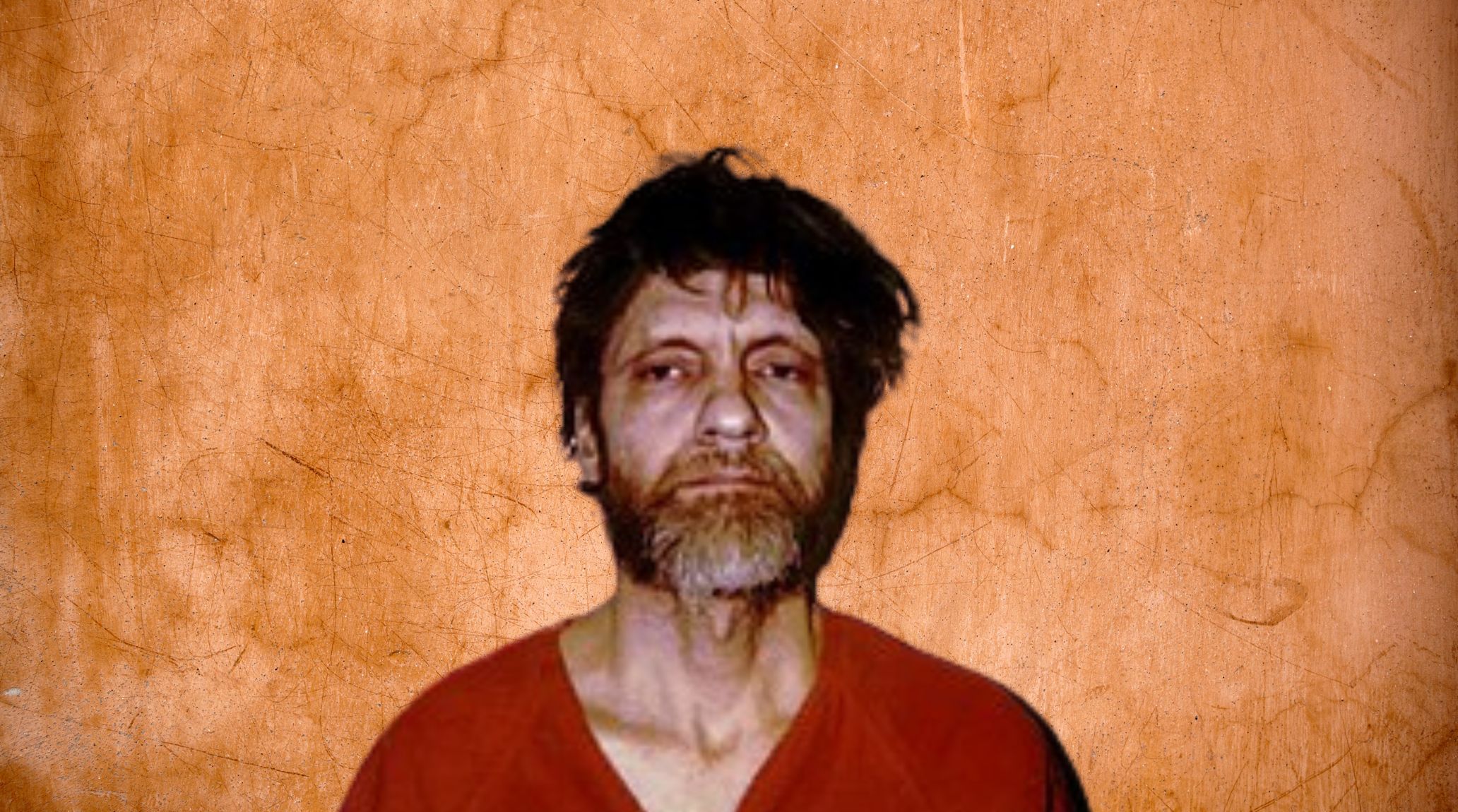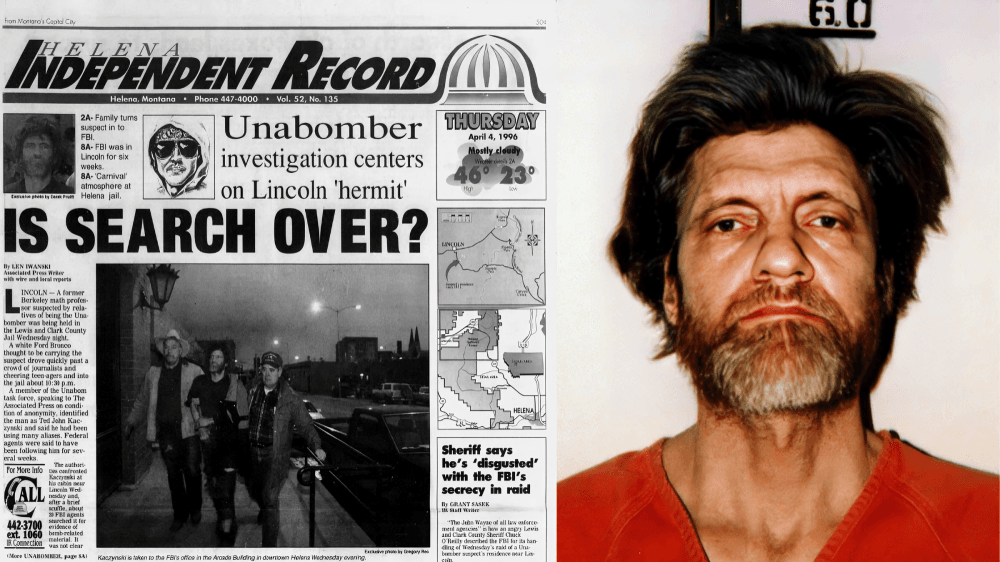
“
Ted Kaczynski, also known as the Unabomber, is infamous for his violent bombing campaign that terrorized the U.S. for nearly two decades. His story is one of intellect, isolation, and a radical ideology that led to devastating actions. In this blog, we uncover 20 fascinating facts about Ted Kaczynski, shedding light on his early life, criminal activities, and his eventual capture. Read on to understand the mind of one of America's most infamous criminals and the legacy he left behind.1
1
”
Ted Kaczynski, known as the Unabomber, was a mathematical prodigy who enrolled at Harvard at just 16. His brilliance was often overshadowed by his preference for isolation and his deep distrust of modern society. 1
His manifesto, Industrial Society and Its Future, criticized technology and its harmful impact on humanity. It was this document that ultimately led to his identification after his brother recognized his writing style and turned him in. 2
Kaczynski’s 17-year bombing campaign targeted institutions he blamed for technological advancement, resulting in three deaths and 23 injuries, solidifying his reputation as one of the most elusive domestic terrorists in America. 3

Living in a remote Montana cabin, Kaczynski survived without electricity or modern conveniences. His self-sustained lifestyle mirrored his anti-industrial beliefs, underscoring his commitment to his radical ideology.
At Harvard, Kaczynski participated in controversial psychological experiments that some believe contributed to his later behavior. These experiments, coupled with his extremist views, shaped his complex persona. 4
Despite his violent acts, Kaczynski remained undetected for years due to his careful planning and reclusive lifestyle. His evasion of law enforcement highlighted his intelligence and strategic thinking. 5
The FBI coined the term "Unabomber" because his primary targets were universities and airlines. His methodical attacks and cryptic letters added to the national intrigue surrounding his case. 6
Kaczynski’s cabin was a treasure trove of evidence, including detailed journals and bomb-making materials. These discoveries provided critical insights into his mindset and operational methods. 7
His arrest in 1996 marked the end of a massive manhunt, bringing relief to a nation that had been terrorized by his acts. It was one of the most significant FBI captures in history. 8
During his trial, his manifesto sparked discussions about technology’s influence on society. However, his violent actions overshadowed any serious consideration of his ideas. 9
He was sentenced to life imprisonment without parole, spending his remaining years in a high-security facility. Despite his isolation, his ideology continues to provoke debates on industrialization. 10

Kaczynski’s trial highlighted questions about his mental health, but he was deemed competent. His lack of remorse reinforced his image as a committed, though dangerous, ideologue.
The manifesto remains a controversial document, as some agree with his critique of technology but reject his methods. It showcases the dangerous intersection of genius and radicalism. 11
He attributed many societal problems to technological advancements, advocating for a simpler, pre-industrial lifestyle. This extreme stance earned him both supporters and critics. 12
His life in isolation was more than just a personal choice; it was a strategic move to avoid detection. Living off the grid in a cabin reflected his dedication to his ideology and desire to stay hidden while plotting violent acts. 13
Though infamous for his violence, Kaczynski was also a thinker whose writings challenge scholars to this day. His dual nature as both a scholar and a terrorist provides unique insights into radical ideologies. 14
Kaczynski's works emphasize his belief that technological and industrial progress was leading humanity to ruin. Though his ideas sparked debate, his violent actions overshadowed any meaningful discussions of his philosophy. 15

The arrest of Kaczynski brought relief to the victims’ families and the nation, yet his writings left lingering philosophical questions. His story serves as a sobering reminder of the dangers posed by unbridled extremism.
Ted Kaczynski’s death in 2023 at the age of 81 marked the end of a life marked by contradictions. He lived as a solitary figure yet became a global symbol of domestic terrorism and radical ideology. 16
His narrative is a tragic tale of intellect misused, showing how brilliance can lead to devastating ends when driven by extremism. It remains a stark warning about the perils of unchecked radical thought and action. 17


